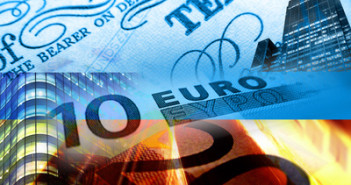A document detailing the how the European bailout fund (EFSF) can buy bonds in the secondary markets provided a huge boost to the euro. But wait, what’s new here? This was agreed a long time ago and now comes into action after the final ratification by Slovakia.
The big deal here is that it officially relives the ECB of its reluctant role as the bond buyer of last resort, something that could have turned in a fully fledged QE program. A lower chance of QE means a stronger euro. It does give the ECB another role, which it definitely prefers and also lowers the chances of QE-Europe.
The main guidelines of the document allow the EFSF to buy bonds in the secondary market as long as the country respects commitments to debt reduction, among other conditions.
And who makes that call? The ECB and the European financial ministers. According to these details, the case where Trichet gave a detailed list of “recommendations†to Italy and Spain will likely repeat itself. Just that this time, the money will come from the EFSF rather than the ECB.
The ECB is quite tough, and will likely remain so under Draghi. So, the EFSF money will probably be allocated very carefully – the fund is less likely to fun out of money.
EFSF money has a better chance of falling upon taxpayers, while more ECB buying could have turned into quantitative easing = money printing. The ECB remains in control.
But it’s not the end of the story.
The EFSF has limitations. It’s currently limited to 440 billion and leveraging it or turning it into an insurer has a lot of difficulties. Even if the ECB sticks its finger in the dam and makes the allocation of funds very strict, it is still possible that the ECB will be forced to act and eventually print money.
But for now, EUR/USD jumped above resistance at 1.3725 and 1.38, and is now challenging stronger resistance at 1.3838. For more on the euro, see the EUR/USD forecast.



